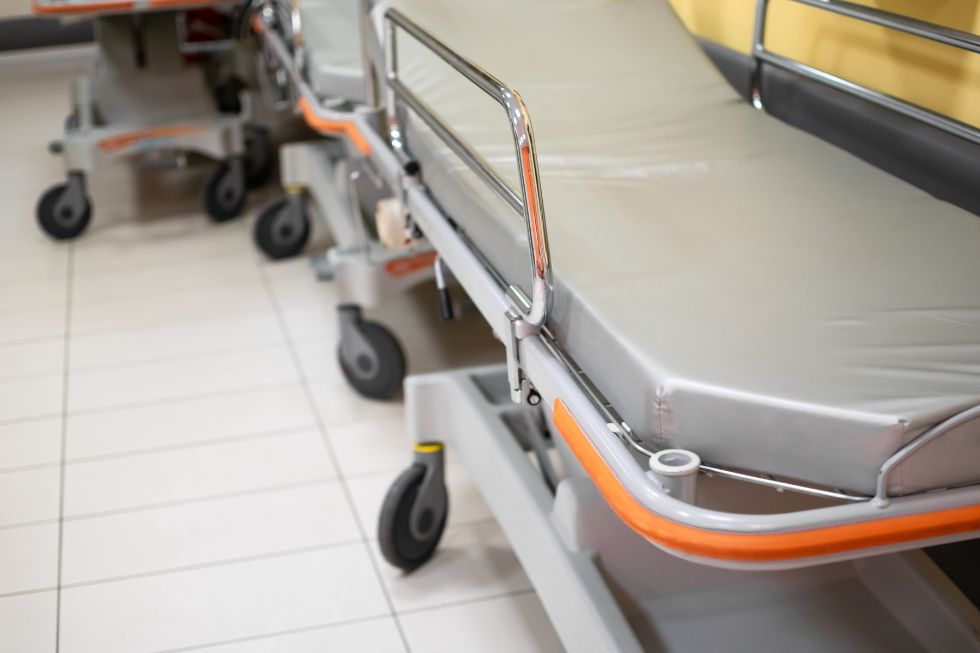Specialized medical equipment contributes to the efficiency of healthcare and emergency services. Stretchers provide an even, stable platform for medical procedures during transit or when stationary. Compare the four types of medical stretchers and their uses to understand how they help medical care providers and patients.
1. Transport Stretchers
Transport stretchers offer a stable and comfortable means for moving patients within medical facilities. They make it easier to transfer patients between departments for surgeries, diagnostic tests, and therapy.
Transport stretchers have built-in wheels and collapsible side rails, making them easy to maneuver through tight spaces. Medical care providers can adjust the stretcher’s height, making patient transfer easier and minimally invasive. The convenience and adaptability of transport stretchers make them indispensable in hospitals and other medical facilities.
2. OBGYN Stretchers
OBGYN stretchers facilitate obstetrical and gynecological care. With specialized features like adjustable stirrups and easy access to storage compartments for essential tools, they provide a comfortable and secure environment for patients undergoing pregnancy-related care or pelvic exams.
Patients also benefit from these versatile stretchers in labor and delivery settings. Adjustable positioning helps maximize comfort, efficiency, and safety during childbirth.
3. Procedural Stretchers
Procedural stretchers cater to a wide range of medical procedures and treatments, including general examinations, minor surgeries, and even cardiovascular procedures. Procedural stretchers come with features like adjustable headrests, built-in IV poles, and storage compartments, providing added convenience and accessibility for healthcare professionals.
The flexibility of procedural stretchers reduces the need for multiple specialized pieces of equipment. Moreover, their adaptability contributes to optimizing healthcare resources and improves patient throughput.
4. Trauma Stretchers
Trauma stretchers allow medical professionals to respond to critically injured patients swiftly. These stretchers typically have an extra-wide surface to accommodate various body sizes and feature quick-release patient restraints for easy access to treatment sites in emergency situations.
Enhanced maneuverability and stability allow trauma stretchers to navigate smoothly through challenging environments, such as confined spaces or uneven terrain. Their robust design and efficient functionality, along with easy-to-clean materials, make them the ideal choice for dealing with the unpredictable nature of emergency scenarios.
Specialized Stretchers Improve Care Quality
Medical stretchers, from transport and OBGYN to procedural and trauma, play unique and vital roles in different healthcare scenarios. These four types of medical stretchers and their uses reveal how stretchers enhance patient movement and cater to specific needs. By improving comfort, safety, and accessibility, these stretchers significantly contribute to the efficient delivery of medical services.
Investing in reconditioned medical stretchers can offer substantial cost savings to healthcare facilities, allowing them to optimize their budgets while still maintaining high-quality patient care. Browse Piedmont Medical Inc.’s used stretchers for sale for excellent medical equipment at an attractive price.


Recent Comments